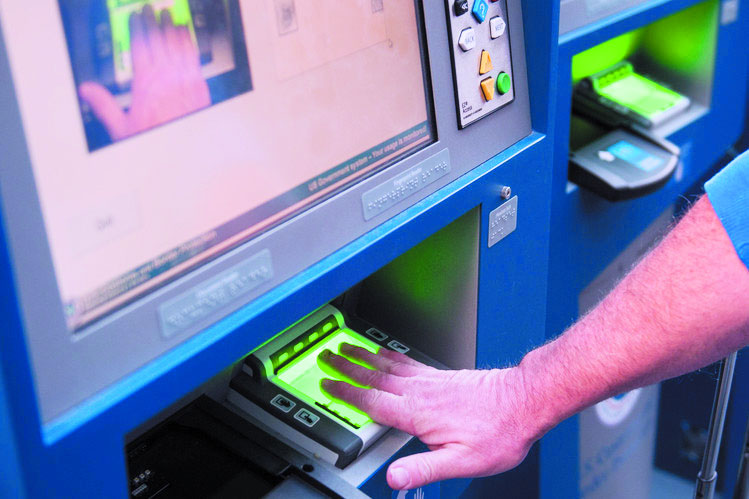Recently, Biometric Identification Procedures were made mandatory in medical colleges by the government. Biometrics identification is already there in most of the corporate houses for attendance purpose already. As the use of biometric identification systems across various applications, one of the areas where Biometric Systems can work wonders apparently is at Airports. There are a lot of challenges that airports face when it comes to identification of passengers. Application of biometrics systems can certainly help the whole process that is long, tedious and prone to errors, simplified, speedy, accurate and secure.
Biometric systems are advanced to the point that face recognition is today in the forefront of it. A report in Bloomberg long back in 2017 already had an article around the progressive change in the airport ecosystem titled ‘The Airports of Future are here’.
Two of the top most players in the world of digital security and biometric identification solutions IER as well as Gernalto are all already paving the way for reformation in the way airlines manage the identification challenges of their flyers. Having launched the Fly to Gate biometric systems that is quite simple to use and hassle free because passengers can authenticate themselves using their mobile phone in one shot or any-time before the scheduled departure. They can do so at the airport desk or the terminal too without the need to carry any passport or boarding pass. The technology that works here is facial recognition technology. All the steps and procedures including check-in, baggage drop, security check, boarding and more. It is also possible to make payments simply against shopping and snacking by just looking into the camera with these facial recognition systems. These systems are highly secure and a strict legal framework is followed as far as data safety is concerned. There is no invasion into the private life of the travelers and the data is erased after the flight departs or after the return ends. It’s just a common reference point for check ins and security control.
The idea is to provide a more flexible flying arrangement rather that one that requires the flyer to freeze temporarily. Though in the infancy stage, it is certainly of promising nature and as per the title of the bloomberg’s article ‘Airports of the future are here’.
“Campus Medicine establishes a common and continuous communication and data sharing platform amongst Stakeholders namely Management, Faculty, Parents & Students.”

